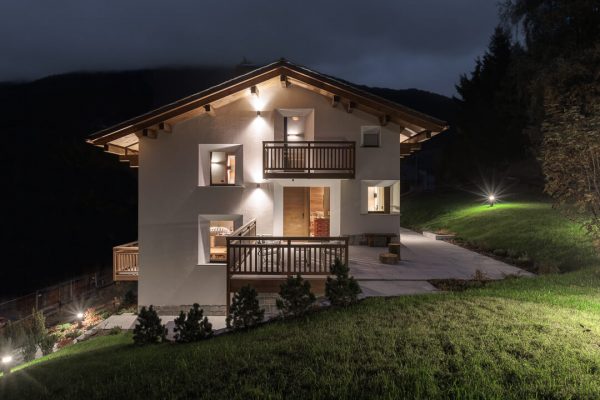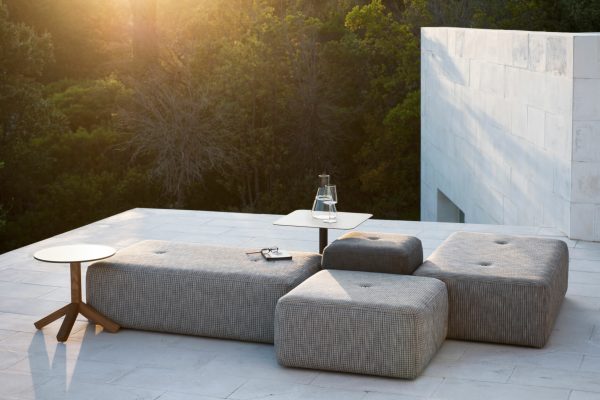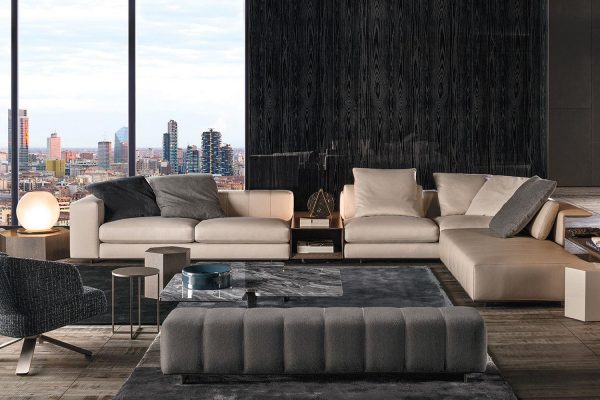Gufram, a pop history of art and nonconformity
Colorful, innovative, irreverent and unconventional. This is the style of Gufram a historic brand of Italian design, whose creations with a radical chic soul draw on a distinctly pop imagery, which is embodied in collections with unique and surprising shapes, true art installations, some of which have become design icons.
Founded in Turin in 1966 as a creative lab for the production of modern furniture by the Fratelli Gugliermetto firm, already active in the manufacture of chairs and seating since 1952, immediately configured itself as a brand that broke with the ordinary, capable of surprising with its deliberately brash taste, yet capable of absorbing the boldest influences of radical design and the colorful declinations of pop style.
Influenced in the early 1960s by the artistic avant-garde present in Turin and the radical architectural experimentation of those years, Fratelli Gugliermetto with the support of emerging architects and artists of the time developed the production of design projects in new forms and new materials.
The turning point for the company was the popularization in the furniture field of a material such as polyurethane, previously used as insulation in the transportation industry, and the development around 1970 of the cold molding system of the same. This allowed Gufram to start mass production of seats with a new aesthetic reminiscent of Pop art, padded or textured with polyurethane foam.
Starting in 1966, Giuseppe Raimondi took over as artistic director, signing several products for the company and involving other artists and architects in the design of the company’s first products and prototypes. In 1968 Gufram introduces to the market the Multipli (industrially reproduced art objects in limited editions) presented at the XIV Milan Triennale, enjoying enormous commercial success. Critics and collectors define Gufram products as playful, subversive and desecrating domestic sculptures or as objects deliberately conceived as elements of Anti-Design, revolutionary symbols of breaking the usual patterns of the furniture world.
Passed in the early 2000s to the Frau Group, it was in 2012, when the company was acquired by Sandra Vezza, that it moved its official headquarters to Barolo, in the Langhe region of Italy, gives the brand a new conceptual structure, thanks to which the company once again became a world leader in the art design segment. In these years old and new productions enter the museums of furniture works branded Gufram. These include MOMA in New York, the Milan Triennale, the Centre George Pompidou in Paris, MAAS – Museum of Applied Arts and Sciences in Sydney, NAMOC – The National Art Museum of China in Beijing, the Museum of Contemporary Art in Chicago, and many, many others.
Having furniture solutions in the home signed by the Piedmontese company, whether sofas, armchairs, chaise longues, tables, chairs or benches means choosing a style for the home that breaks with classical aesthetics to come to rewrite the rules of taste by proposing bold, daring and strongly representative works. The same is also true for decòr furnishings and accessories, original objects ideal for characterizing environments in an unconventional way, in a subtle balance between art and fashion.
Bocca, the iconic and sensual sofa inspired by a 1930s diva
A timeless sofa, despite being 50 years old. Bocca, the original lip-shaped sofa created in 1970 for Marilyn Garosci’s Milano Contourella wellness center, was created by Studio 65 architects and designers for Gufram, inspired by the lips of Mae West, an American actress, from the 1930s and 1950s. Measuring 212 cm long by 80 cm deep and 85 cm high, weighing 32 kg, it is the result of experiments in the 1970s related to polyurethane foam with a differentiated flow rate, previously used as insulation in the transportation industry, to create the basis for the sofa, which is upholstered in a soft stretch fabric.
Unstructured and unconventional aesthetics for the Charly sofa
Essential geometric forms, rounded and enveloping lines define Charly, a sofa with an ironic and revolutionary mood design. It is an upholstered polyurethane foam with a wooden shell and fabric cover, which enhances the primary elements that compose it – seat, armrests, backrest, headrest – united by a light and elegant tubular frame that is either chromed or satin-finished in precious metallic tones. Called the ‘king of modularity,’ it offers numerous configuration possibilities, given the wide variety of the abacus of modules, and a wide choice of fabrics and colors that can be combined for the different elements.
Jimmy, when playing with shapes and orientation allows for customization
It is ideally endlessly modular Jimmy, a sofa with a great personality- The two versions in which it is designed-concave and convex-are an invitation to play with its shapes and their orientation, being able to go as far as creating a giant circular shape. It is precisely this attitude that makes it particularly versatile and adaptable in different spaces, be they domestic, living, contract, hotel, museum halls. The polyurethane foam upholstery is composed of tubular modules that make the seat and back a single soft sparkling volume. Its transgressive and provocative personality is enhanced by the golden faux leather upholstery with which it is presented, in continuity with the thin and elegant gold frame that defines its sinuous lines.
Pratone, a sculptural icon with an artisanal soul
Sinking inside huge soft stems that simulate a lawn when in fact it is a seat. It is the irreverent spirit that, in 1966, animated the creation of Pratone, one of the masterpieces of Italian design that have now entered the collective imagination as a new domestic sculpture with a strong identity. It is, in fact, a unique and unconventional chaise longue that has yet to find epigones, included by the Vitra Design Museum among the 100 masterpieces of the history of Design, and which preserves its handcrafted soul: each of the 42 long soft stems between which to sink is in fact handcrafted and finished as is the Pratone inscription engraved on the base of each module. It took five weeks to make one example. Its bright green and the softness of its stems are achieved by painting with Guflac, Gufram’s special and unique patented finish that allows polyurethane to be pellified while maintaining its flexibility and softness.



